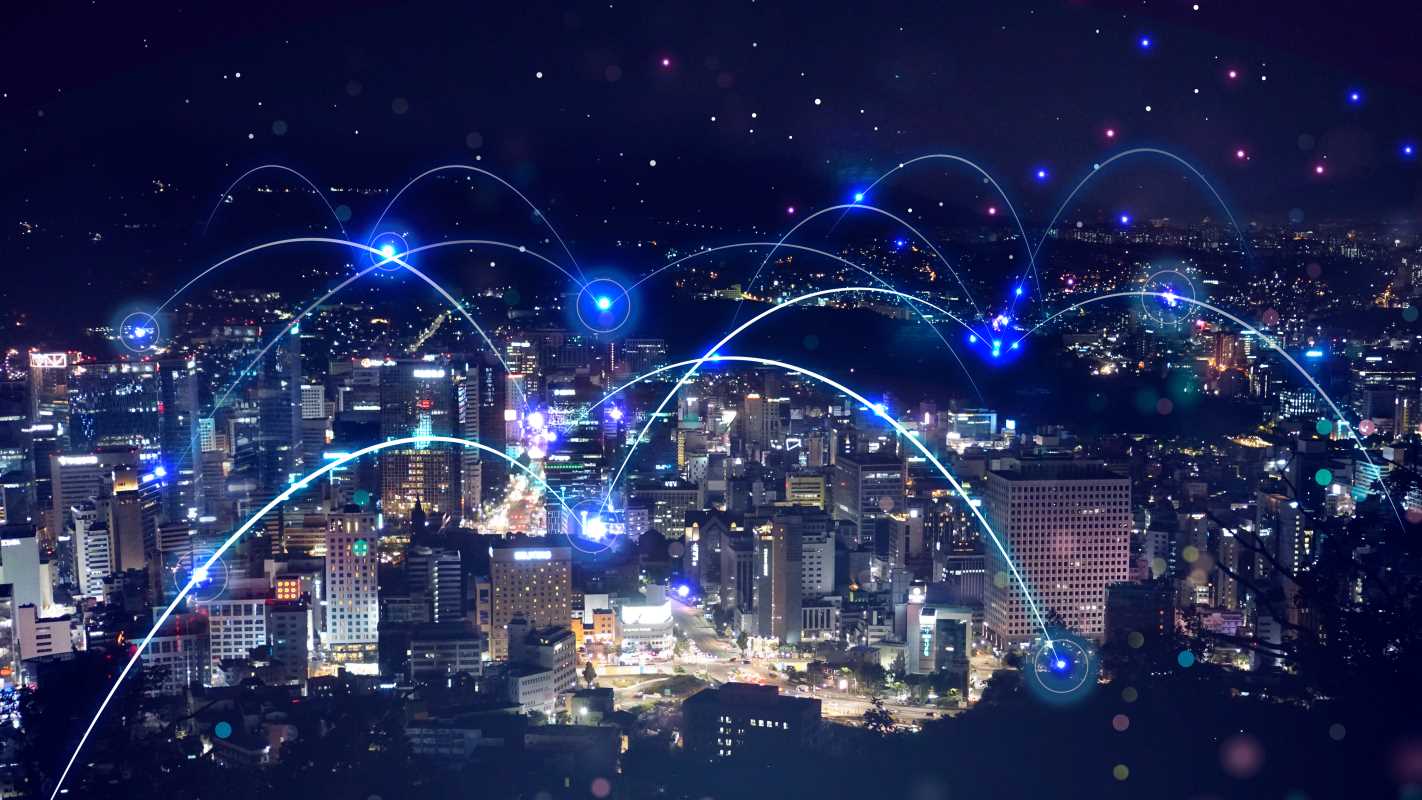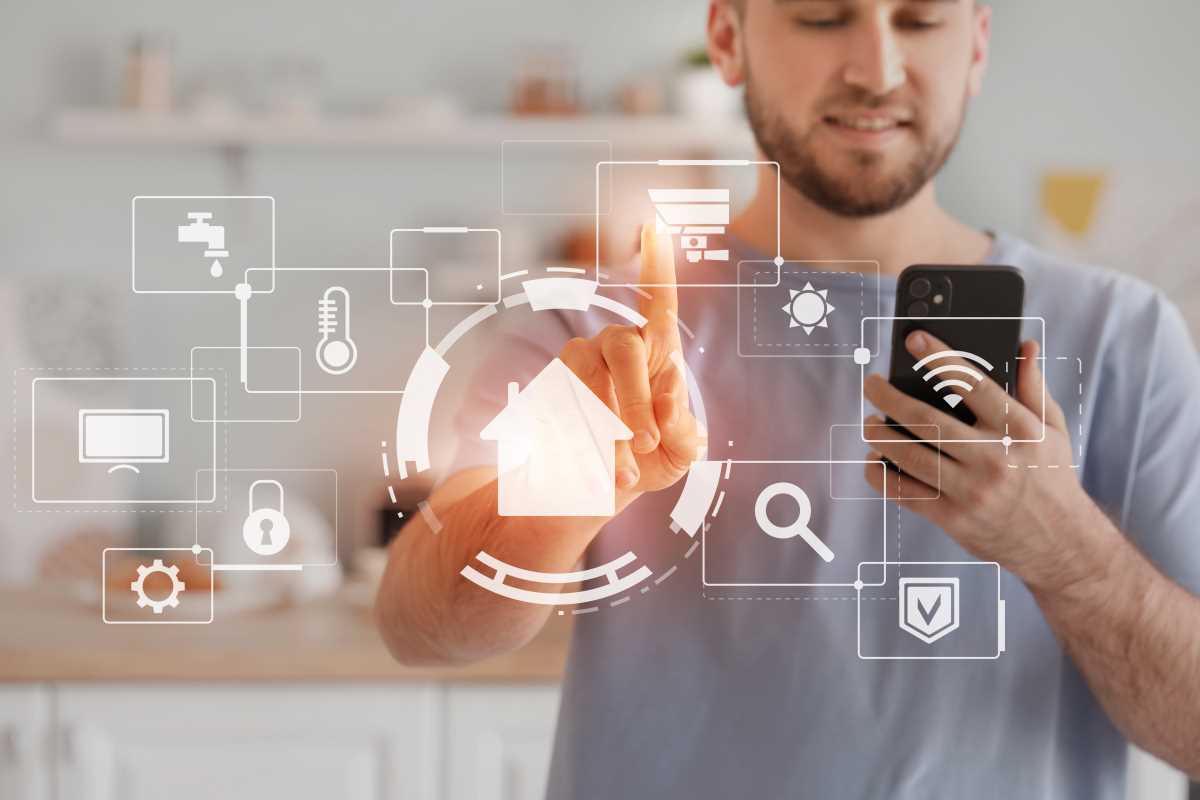What if your city could think, act, and adapt like a living, breathing organism? That’s the promise of smart cities, where technology creates a seamless connection between people, infrastructure, and services. At the heart of this transformation is 5G, the fifth generation of wireless technology. With its ultra-fast speeds, low latency, and ability to connect millions of devices, 5G is unlocking new possibilities for urban life.
From traffic management to energy efficiency, smart cities use connected devices and real-time data to improve everything from public safety to convenience. But these systems need a high-speed, reliable internet backbone to function properly, and that’s where 5G comes in. How exactly is 5G powering this shift, and what kind of future can we expect as cities become "smarter"? Let's explore how 5G is shaping the cities of tomorrow.
What Is 5G?
To understand how 5G impacts smart cities, it helps to understand exactly what 5G is. Short for "fifth generation," 5G is the latest advancement in mobile network technology, designed to be faster, more reliable, and more capable than its predecessors.
Speed, Latency, and Connection Density
5G offers download speeds up to 100 times faster than 4G. This means tasks like streaming high-definition videos or downloading massive files can happen in seconds. More importantly, 5G has incredibly low latency, which is the delay before data begins to transfer. With latency as low as one millisecond, 5G can enable real-time communication between devices.
Perhaps one of the most significant features of 5G is its ability to support a massive number of connected devices. While 4G networks might struggle to maintain thousands of connections in a small area, 5G can handle millions, making it ideal for the growing Internet of Things (IoT) in smart cities.
With these capabilities, 5G allows cities to gather data, exchange information, and automate systems more effectively than ever before.
Transforming Transportation Systems
One of the most visible ways 5G is impacting smart cities is through advancements in transportation. From reducing traffic congestion to supporting autonomous vehicles, 5G is making urban mobility more efficient and sustainable.
Smarter Traffic Management
Imagine a city where traffic lights communicate with each other, vehicles, and even pedestrians. 5G-enabled systems can create real-time traffic flow models, helping to reduce bottlenecks and keep cities moving. By analyzing live data from cameras, sensors, and IoT devices, smart traffic management systems can adjust signals, suggest alternate routes, and even alert drivers to accidents.
Take Singapore, for example, which is already using 5G to power intelligent traffic systems. Sensors placed throughout the city provide constant updates on traffic conditions, allowing authorities to minimize delays and improve public transit schedules.
Autonomous Vehicles
Self-driving cars and buses are no longer the stuff of science fiction, thanks in part to 5G. Autonomous vehicles rely on constant, rapid communication with their environment to detect obstacles, track other vehicles, and follow navigation paths. This level of connectivity requires near-instantaneous data processing, which only 5G can provide.
With the advent of 5G, we’re seeing pilot programs for autonomous shuttles in cities like Detroit, Barcelona, and Tokyo. These vehicles offer a glimpse into a future where commuting is safer, more efficient, and less reliant on human drivers.
Enhancing Public Safety
While 5G’s speed boosts convenience, its real-time capabilities also make cities safer. By connecting the dots between networks of cameras, sensors, and emergency responders, cities can prevent problems before they escalate.
Real-Time Surveillance and Monitoring
5G enables advanced surveillance systems that go beyond simple video recording. AI-powered cameras, connected by 5G, can analyze footage in real-time, identifying unusual behavior, license plates, or even missing persons. For example, facial recognition systems connected to high-speed 5G networks can instantly match individuals to databases, making it easier to track down suspects or locate lost children.
Emergency Response Systems
Smart cities powered by 5G also improve emergency response times. Imagine a scenario where an ambulance is on its way to a patient. Traffic lights along its route could automatically turn green to ensure the ambulance gets to its destination quickly. 5G makes this kind of coordination instantaneous.
Cities like Seoul are already using 5G to enhance their emergency response networks. For instance, drones equipped with 5G cameras help assist search-and-rescue teams, providing live video feeds from areas that might be dangerous or hard to access.
Improving Energy Efficiency
Another key area where 5G contributes to smart cities is energy management. By connecting energy grids, buildings, and infrastructure through IoT devices, cities can reduce waste and optimize power usage.
Smart Grids and Meters
Traditional energy grids work in a one-directional way, delivering power from plants to homes and businesses. Smart grids, on the other hand, use 5G connectivity to constantly monitor and adjust power supply based on real-time demand. This prevents blackouts during peak hours and reduces energy waste during low-demand periods.
Smart meters, which communicate directly with utility companies via 5G networks, also give users more control over their energy consumption. By analyzing their usage patterns, residents can make informed decisions to save money and reduce their environmental footprint.
Renewable Energy Management
5G's ability to handle vast amounts of data in real time is particularly useful for managing renewable energy sources like solar and wind. These sources are unpredictable, as they depend on weather conditions. With 5G, energy providers can monitor and store energy more efficiently, distributing it to where it’s needed most.
Revolutionizing Public Services
Smart cities aim to create a better quality of life, and 5G-enabled public services are a huge contributor to that. From waste management to healthcare, this technology is reshaping how cities function.
Waste Management
Ever heard of garbage cans that can send text alerts when they’re full? That’s one example of how 5G is transforming waste management. Connected waste bins use sensors and 5G networks to report their status, allowing cities to optimize garbage collection routes. This reduces fuel use, saves time, and keeps urban areas cleaner.
Telemedicine and Health Monitoring
Healthcare is another area seeing significant improvements thanks to 5G. Telemedicine services allow doctors to consult with patients remotely through high-quality video streams, making healthcare more accessible. Additionally, wearable devices that monitor heart rates, glucose levels, or other health metrics can send real-time updates to medical professionals, providing better chronic disease management.
Challenges to Overcome
Despite its incredible potential, implementing 5G in smart cities isn’t without challenges. High costs, infrastructure requirements, and privacy concerns are just a few hurdles.
Infrastructure Upgrades
Deploying 5G requires a dense network of small cells and antennas to provide consistent coverage. This means cities need to invest heavily in upgrading infrastructure, which can be expensive and time-consuming.
Privacy and Security Concerns
With so many devices exchanging data, ensuring privacy and cybersecurity is critical. Mismanagement or hacking of smart city systems could have severe consequences, from grid failures to personal data breaches.
Bridging the Digital Divide
Lastly, not all cities or regions can access 5G immediately, especially in developing nations. Governments and tech companies will need to work together to make this technology equitable and inclusive.
 (Image via
(Image via





